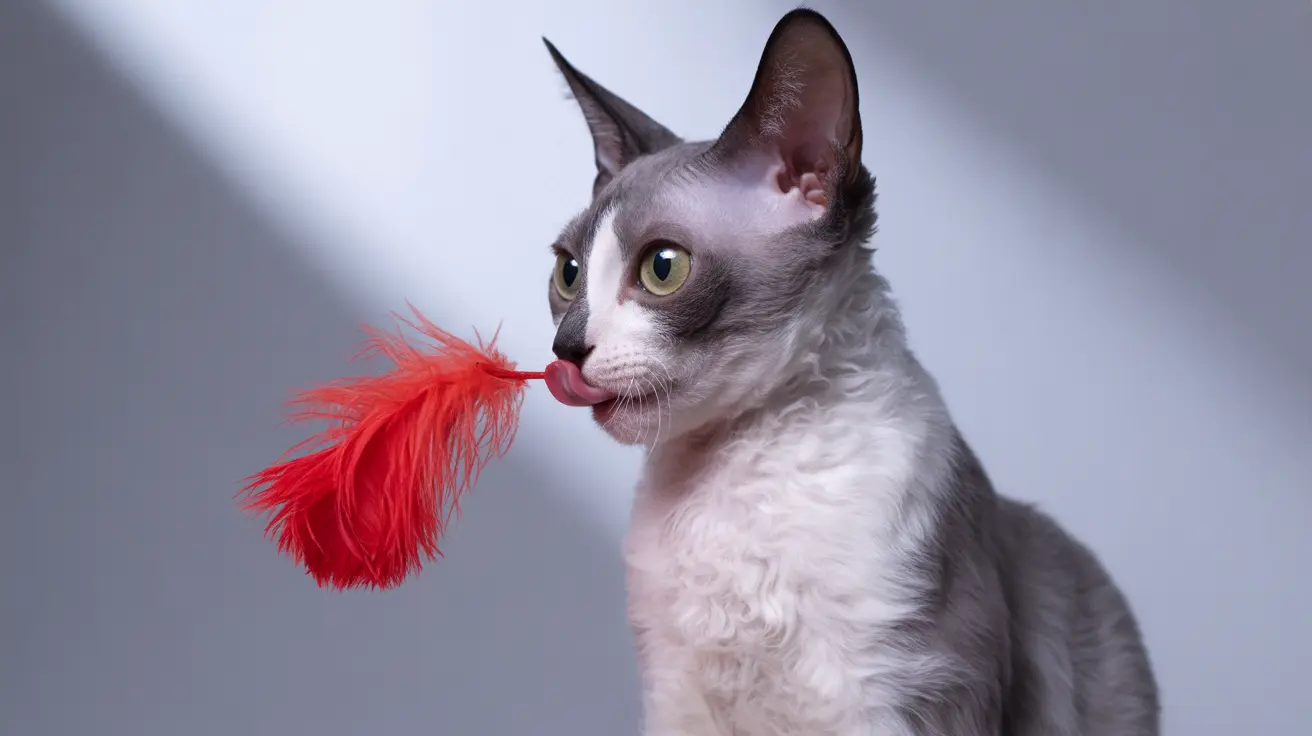If you've ever noticed your cat making a peculiar face with their mouth slightly open after smelling something, you've witnessed one of the most intriguing behaviors in the feline world. This distinctive expression, often called the "cat stinky face," is actually a sophisticated biological mechanism known as the flehmen response.
This unique behavior isn't just your cat being dramatic – it's a crucial part of their sensory exploration that helps them gather detailed information about their environment in ways that humans simply cannot match.
Understanding the Flehmen Response
The flehmen response occurs when cats encounter an interesting or intense scent in their environment. During this response, cats will lift their upper lip, slightly open their mouth, and appear to be frozen in a grimace-like expression. This behavior allows them to transfer scent particles to a specialized organ called the vomeronasal organ, or Jacobson's organ.
This sophisticated scent-processing behavior helps cats analyze complex chemical signals, particularly pheromones, which contain crucial information about other animals in their environment.
The Science Behind the "Stinky Face"
When cats perform the flehmen response, they're actually opening ducts in the roof of their mouth that connect to the vomeronasal organ. This remarkable organ acts as a secondary scent analyzer, providing cats with detailed chemical information that goes far beyond what their regular sense of smell can detect.
The vomeronasal organ contains specialized receptors that are particularly sensitive to pheromones – chemical signals that communicate important information about territory, mating availability, and potential threats.
Common Triggers for the Flehmen Response
Cats typically display this behavior in several specific situations:
- When investigating urine marks from other cats
- After smelling new objects in their environment
- When examining areas where unfamiliar animals have been
- While investigating strong or unusual odors
- During social interactions with other cats
Why This Behavior Matters
The flehmen response plays a vital role in feline communication and survival. It helps cats:
- Identify potential mates
- Detect territorial boundaries
- Assess threats in their environment
- Recognize familiar and unfamiliar animals
- Process complex social information
Frequently Asked Questions
Why do cats open their mouths and curl their lips when they smell something?
Cats open their mouths and curl their lips to facilitate the flehmen response, which allows them to transfer scent particles to their vomeronasal organ for detailed chemical analysis. This behavior helps them gather more information about their environment than they could through regular smelling alone.
What is the purpose of the flehmen response in cats?
The flehmen response enables cats to analyze pheromones and other chemical signals in their environment. This helps them gather important information about other animals, territorial boundaries, and potential mates.
How does the vomeronasal organ help cats interpret smells differently than humans?
The vomeronasal organ contains specialized receptors that can detect and analyze pheromones and other chemical signals that humans cannot perceive. This gives cats access to a whole additional layer of chemical communication that human noses simply cannot process.
When are cats most likely to show the flehmen response during daily life?
Cats typically show the flehmen response when investigating urine marks, encountering new objects or animals, exploring their territory, or examining strong or unusual scents in their environment.
Is the cat "stinky face" a sign of aggression or illness?
No, the "stinky face" expression is neither a sign of aggression nor illness. It's a completely normal and healthy behavior that cats use to gather detailed information about their environment through their vomeronasal organ.
Conclusion
The flehmen response is a fascinating example of how cats have evolved sophisticated mechanisms to understand their world. This behavior, while sometimes amusing to observe, serves a crucial purpose in feline communication and environmental awareness. Understanding this natural behavior can help cat owners better appreciate their pets' complex sensory capabilities and normal behavioral patterns.






